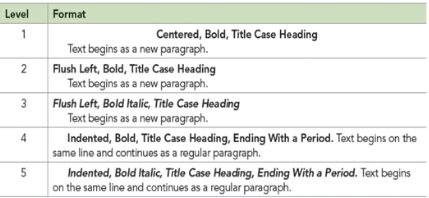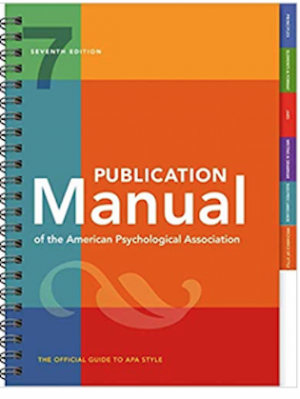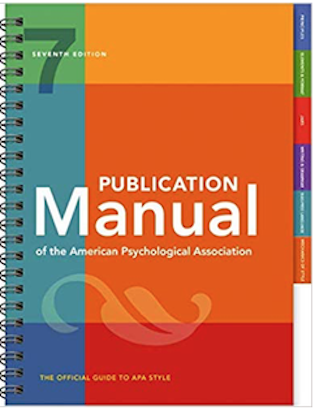by Mary Neal Meador
It’s never going to be the simplest or most comprehensible documentation system, but the 7th edition of the Publication Manual of the American Psychological Association contains several changes that will make life easier for writers in the social sciences.

Have you heard the joke about the frankfurters, wieners, tube steaks, whatever you want to call them?
YOU, A PLEBEIAN: Let’s go out for Chicago-style hot dogs!
ME, AN ACADEMIC: No, thank you, I prefer MLA style.
I don’t know what an MLA-style hot dog is, but I am certain that APA-style hot dogs are those ones at the 7-11 that have been on the roller thing for too long.
I don’t think anyone loves APA style. It’s persnickety about the most peculiar things, and some of its rules seem to be outside the bounds of logic. BUT, there is a new (7th) edition of the Publication Manual of the American Psychological Association, and there are several changes that will make everyone a little less dysphoric.
Many of these changes came about because of what I see as a miracle: The Powers That Be actually paid attention! The APA publication folks run a blog where they post short entries on subjects of interest to their users. In the previous iteration of the blog, the comments section often devolved into rants about the illogical and persnickety things that people couldn’t stand about the APA. Shocking, I know.
It was an unexpected and pleasant surprise when I opened up the 7th edition, only to find that many of these problems had been addressed! Among them are
- NO MORE RUNNING HEADS, for student papers, anyway. Faculty? You’re still on the hook for them.
- No more looking in a complex chart to see when you switch over from a long list of authors’ names to “et al.”
- For in-text citations, no more than two names written out. When there are more than two authors, proceed directly to “et al.” at first use.
- I’m hiding the downside in a secondary bullet here: In the reference list, write out the first 20 (TWENTY!) names. After that, write out 19, add an ellipsis (…) then the final name.
- There’s a reason for this. Previously, the maximum that would appear was seven, and the names of many junior researchers were not internet searchable.
- They need to get credit for their publications, so this is a good thing—although admittedly a PITA—but we just need to take one for the little people.
- I’m hiding the downside in a secondary bullet here: In the reference list, write out the first 20 (TWENTY!) names. After that, write out 19, add an ellipsis (…) then the final name.
- No more sentence case for headings

- The bad news: APA still calls for sentence case in article, chapter, and book titles in the reference list. This is really irritating. Citation generators NEVER get this right.
- There is a logic to it; email me if you really want to know.
- I regard this change in the headings as the thin end of the wedge. Look for all article and book titles to be Title Case in the 8th edition, in about 10 years. Let your voice be heard on the blog!
- Clearer and less complicated rules for when to write out a number vs. when to use a numeral
- No more “Retrieved from,” unless there’s a really good reason for it, such as a blog without permalinks
- Instructions for how to cite TED talks, YouTube videos, Tweets, and lecture notes
- No more apologies about using “they” as a singular pronoun. Show your pride! Do it! APA wants you to!
If you are still confused, irritated, or despairing about citing a paper in APA, make an appointment to come to the Writing Center. We may not know all the rules by heart, but we do know how to consult resources to find the answers to your questions.

